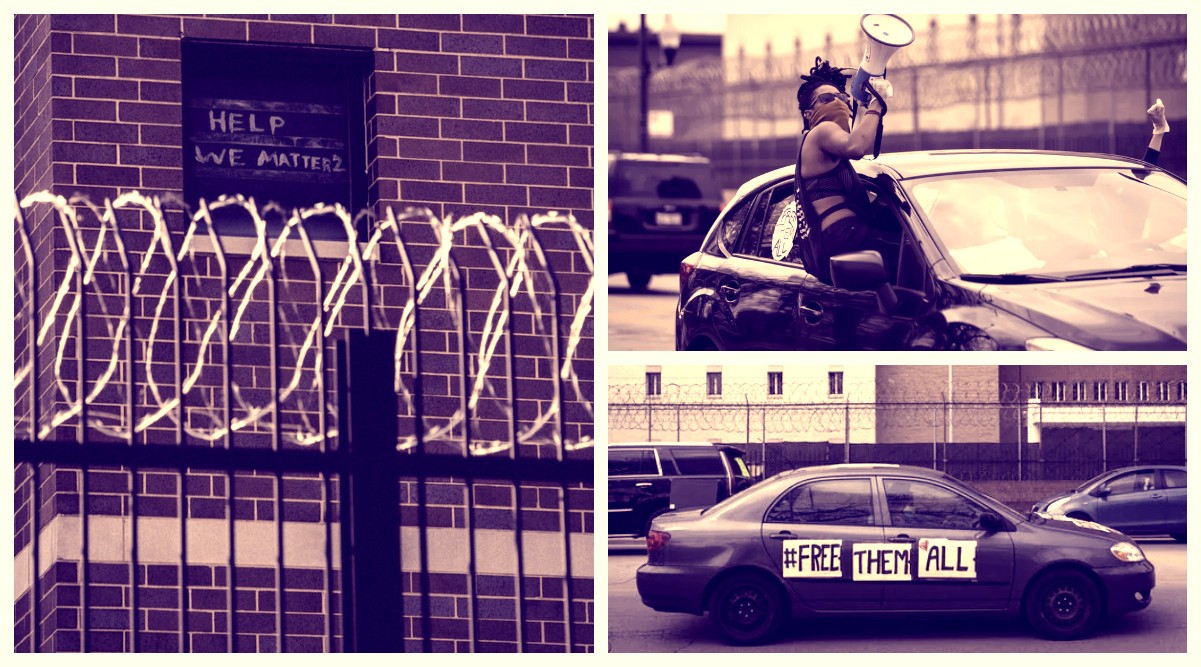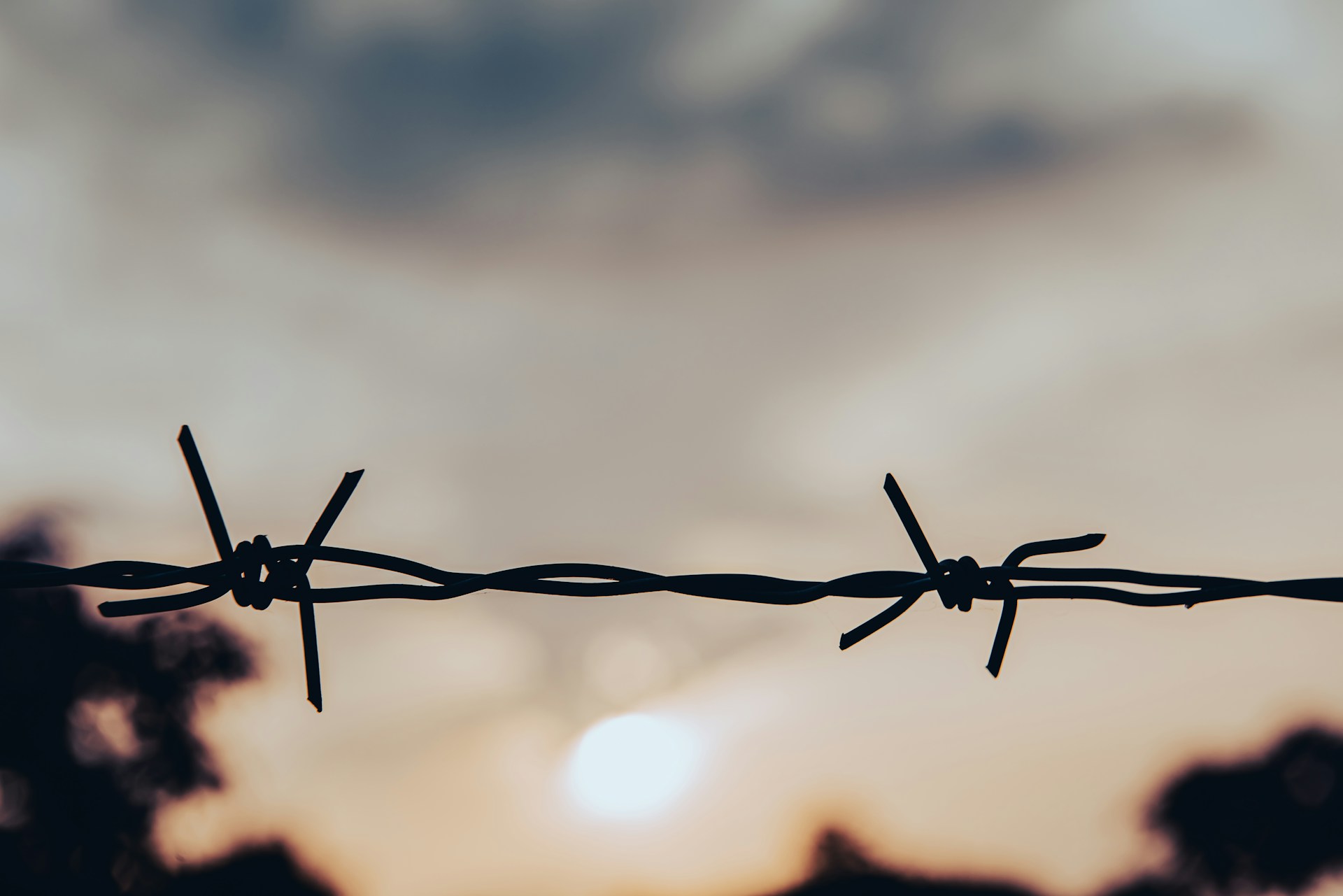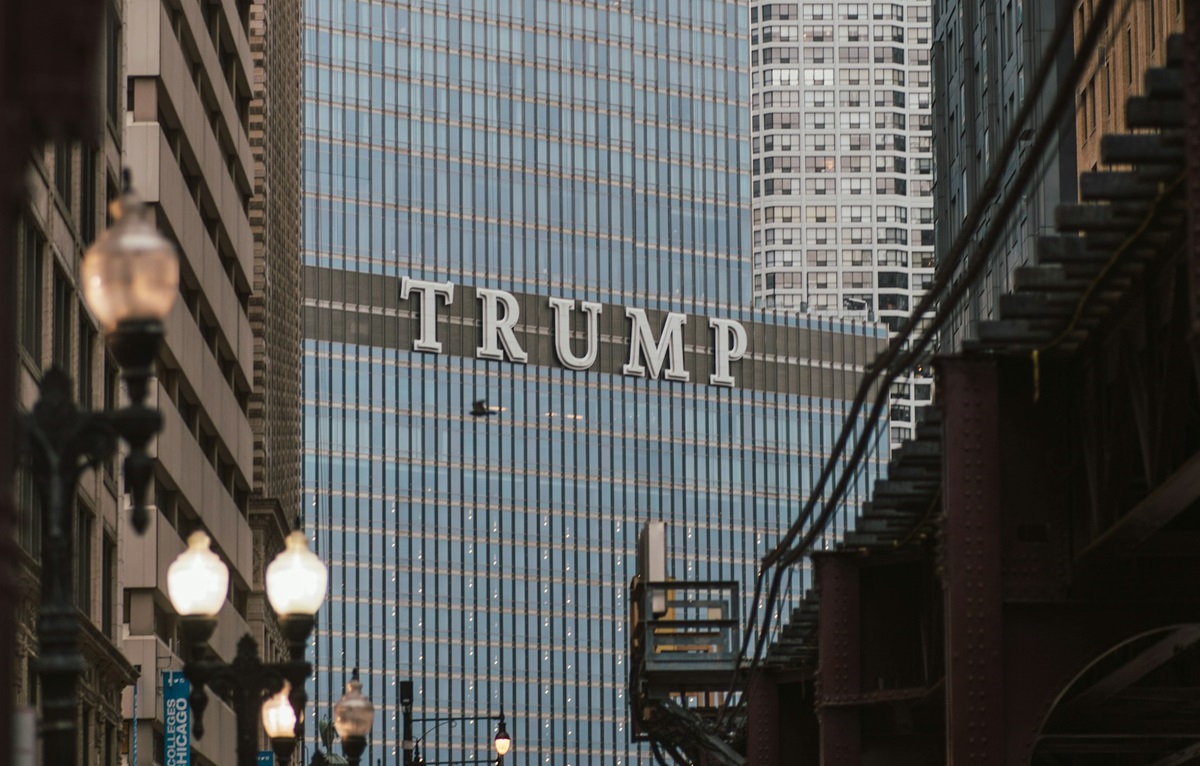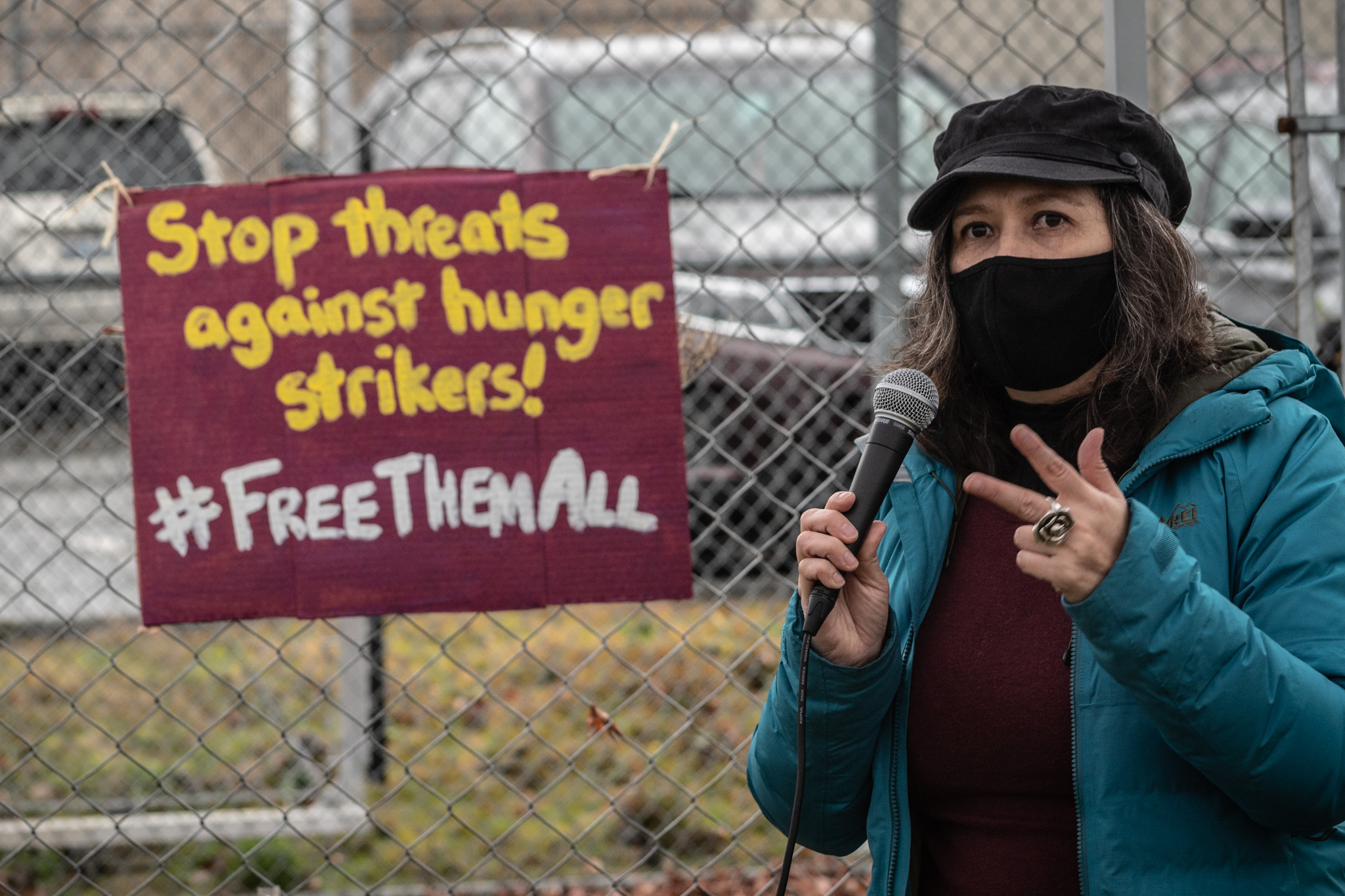Filed under: Action, Immigration, Incarceration, Midwest

A report on a recent noise demonstration outside of the Cook County Jail in so-called Chicago.
A Festival of Decarceration at Cook County Jail
On April 7th, a coalition of over 20 abolitionist and revolutionary organizations surrounded Cook County Jail (CCJ) in Chicago, Illinois. Organizing happened off of social media by means of a form that asked point people to commit to organizing their networks and solicited feedback to aid in collaboration. Some arrived early to set up a few blocks away. At its peak, hundreds had shown up with banners and signs taped to their cars and some came by bicycle.
The weather was beautiful for early-April Chicago. There was a novel element to this noise demo that was unlike any other: the pleasure of slowly encountering comrades over the course of it as more people turned out and we recognized each other in different lanes, going in different directions, or catching sight of each other as we hung out of car windows or stood up through sunroofs. Some lit off smoke-bombs and held them out of their cars, inviting us to imagine potential for Fury Road vibes if this were to generalize. Much of the time it felt like a festival because we were delightfully surprised by our own turn-out.
We demand Mass Release at Cook County Juvenile Center #FreeThemAll #MassRelease pic.twitter.com/8XkFxcfT8d
— BLMChicago (@BLMChi) April 7, 2020
CCJ is just as difficult for noise demos as many state prisons: facilities are set so far back from the gates that mortar fireworks are usually required to be effective. This time, we heard prisoners respond in divisions of the jail that we had never been able to contact before (even with mortars). In one division that lacks any windows, we heard the clanging of metal somehow making its way out of the building. In other cases, we saw prisoners hold signs to the windows saying “WE MATTER 2” and “HELP.”
The demonstration was so successful that the Sheriff’s Department retaliated with political repression the following day. They showed up to the home of Mark Clements, a high-profile abolitionist and survivor of the Chicago Police Department’s torture unit. He was arrested on a two-year old warrant from a claim that he had amassed an excess of unpaid traffic violations. A Facebook video of the arrest shows that no warrant was presented and that the offers were let in by the apartment building’s manager. A call-in campaign for his immediate release spread across the city. Callers were told that they could make their demands to the judge the next morning. However, we were lied to: we were told the court was set to take place in Skokie, a Northern suburb. In fact, it was held in the courthouse attached to CCJ, over 20 miles away. Thankfully, Mark Clements was released later that day.
The Situation at Cook County Jail
CCJ is the largest single-site carceral institution in the United States, which perhaps explains why it is also the largest hotspot of coronavirus cases in the United States at 401 cases according to the most recent reports. The reason for this is quite simple: carceral institutions are concentration camps for bodies that the state codes as “disposable,” which creates an optimal environment for the coronavirus. The police and guards serve as disease vectors as they snatch people outside and stuff them into cramped conditions.
On March 20th, the Cook County Sheriff’s Department began temporarily releasing CCJ’s “non-violent offenders.” And yet the releases have been a slow trickle, as inmates are still being held on minor charges such as excessive traffic violations – and, of course, because they cannot afford bail. This is the lot of many in CCJ: too poor to afford bail in an overcrowded jail that serves as a bottleneck for a back-logged judicial system. In some cases, people have been held in captivity at CCJ for five years before being brought to trial.
Posted by SOUL – Southsiders Organized for Unity and Liberation on Tuesday, April 7, 2020
As of now, there are still over 4,500 inmates and Sheriff Tom Dart refuses to expand its release program to those charged with a violent offense, which make up 86% of the jail’s overall population. We refuse the distinction between violent and non-violent offenders when it comes to deciding who deserves immediate release from jails and prisons that are turning into COVID colonies. Not only have many at CCJ not been convicted, but we refuse the state’s terms of guilt and innocence. This binary is a tool of a racist, classist, and sexist judicial system that has no ground on which to decide who deserves to be exposed to the coronavirus. Even on its own terms, this is cruel and unusual punishment for the carceral state.
A Strategy for Liberation
With uprisings in carceral spaces picking up frequency alongside caravan noise demonstrations, revolutionaries need to be in close communication with their contacts inside for any word of unrest. We need to be having conversations with our affinity groups about our level of preparedness should a prison, jail, or detention center near us rebel. But most of all, we need to continue making these caravans joyous and affirmative so that they grow and create new common-spaces where we can encounter each other once again in the streets. This is important not only for overcoming the loneliness of isolation across the entirety of our new carceral continuum, but for emboldening prisoners so that they can act while we’re present on the other side of the walls.
Noise demo at the Cook County Jail in Chicago today. The prisoners inside had signs saying “HELP” and “WE MATTER 2”.#FreeThemAll4PublicHealth #5DemandsNot1Less pic.twitter.com/xHN1vV7Q2y
— chicago commune #5DemandsNot1Less ?️ (@chicago_commune) April 7, 2020
The carceral state appears to be weakened by the pandemic. In some areas, courts are closed for the next month or more and administrations are trying to keep inmate population levels as low as possible to appear as if they are doing their part in the fight against the coronavirus. Calls for decarceration are growing louder from an increasing number of directions. On April 10th, the nursing staff at nearby Stroger Hospital (the urgent care destination for CCJ inmates) led a protest against the unnecessary exposure they face due to the continued incarceration of people at CCJ. Meanwhile, staff shortages at institutions across the country are spreading with the virus.
The horror inside right now is real: CCJ had its second COVID-19 death yesterday (April 10) and people will continue to die entirely preventable deaths, deaths that are as arbitrary as officials’ decisions to keep people locked up. But in the horror, there is the potential for the improbable. The carceral state, which wears its realism like a badge, continues to insist on the necessity of these deaths, saying that they “have very little wiggle room.” Yet as we venture out in our caravans, we should repeat to ourselves the words of Palestinian poet Mahmoud Darwish: “We’re alive, we’re here, and the dream continues.”





